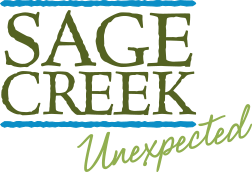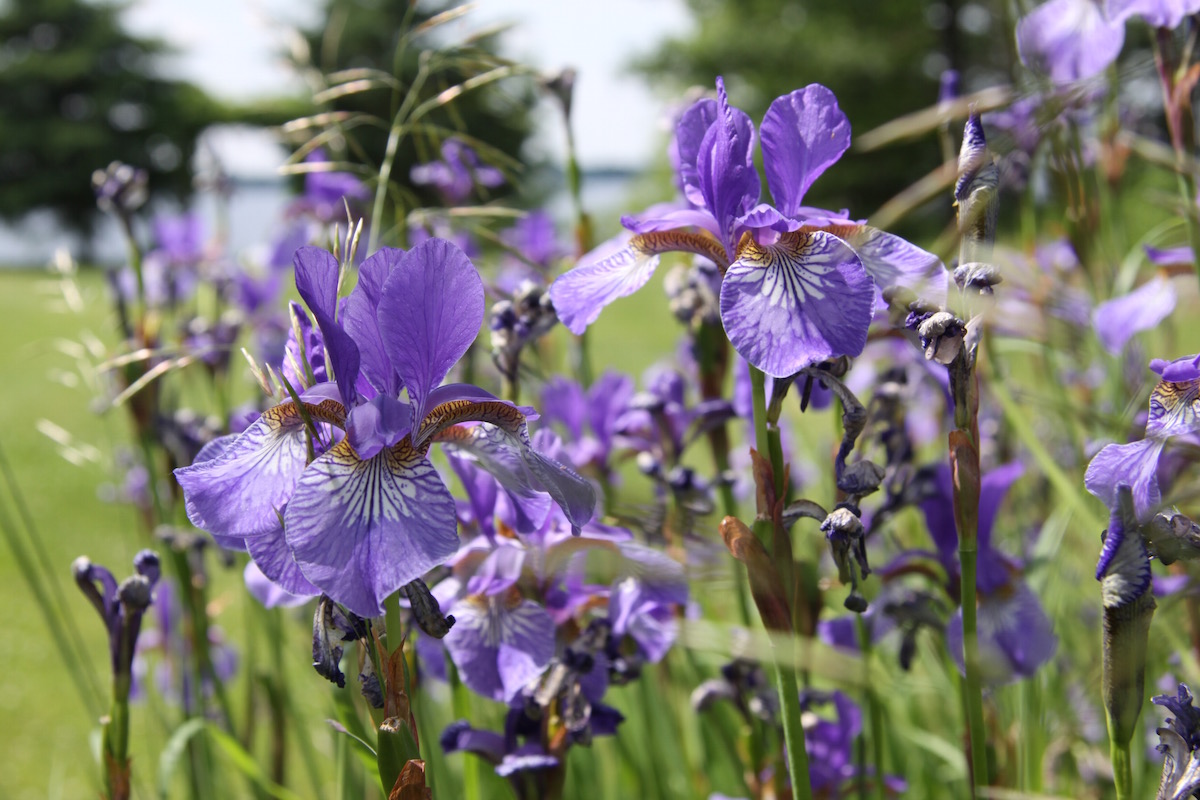Welcome to the first of our series of how-to blogs, where we’ll be providing specific strategies and advice from the Canadian Wildlife Federation (CWF) covering five key areas of wildlife-friendly gardening: Food, Water, Shelter, Green Gardening and Native Plants.
The series will be a must-read for anyone interested in applying for the CWF’s Backyard Certification Program. This amazing initiative encourages Canadian families to bring their environmental principles to life and make their back yards welcoming to local wildlife and native plants — it’s fun for the whole family and can be a great way to build community spirit!
According to Kenneth Beattie, the CWF’s Manager of Horticultural Education, wildlife-friendly gardening isn’t only good for the natural habitat, it’s also a beautiful way to spruce up your yard.
“This approach to gardening has been around for centuries,” he says. “Indeed, many people think that a ‘natural’ landscape will be messy and look unkempt, but it is quite the opposite. I would invite anyone to visit our website and see the photos that certified gardeners share with us. This isn’t about throwing native grasses willy nilly and inviting raccoons and skunks to visit your yard! Rather, it’s a reasonable and sensible approach to installing a landscape.”
Time to get started!
Incorporating native plants
This growing season, consider gardening with our wild neighbours in mind!
There is a common misconception that gardening with native plants can result in a wild, messy, unkempt look. However, it could not be further from the truth.
Incorporating native plants doesn’t mean allowing your yard to be taken over by weeds. It is more about letting it return to its natural state, which not only enhances your property, but also brings greater balance to your yard, neighbourhood and our planet as a whole.
Native plants are those that have grown wild in your area for many centuries. They have co-evolved with, and are therefore adapted to, the local environment and wildlife.
According to Glen Koblun, manager of Native Plant Solutions with Ducks Unlimited Canada in Winnipeg, incorporating native plants can truly enhance the natural beauty of your yard.
“Mother Nature isn’t streamlined with linear clean edges, but that’s also nice,” he says. “There are a lot of beautiful wildflowers and in fall, the grasses themselves are extremely showy, with purple hues and golden colours.”
The secret, he says, is to understand what was naturally growing in the area when, say, herds of bison roamed the land around Winnipeg.
“You need to understand the mixture of species that survive together and are not in competition,” he explains. “It’s about understanding which species belong where, and that yes, there is going to be an un-manicured look, but I think a lot more people are incorporating this.”
Indeed, more and more resources are available to help Winnipeg families incorporate more native plants into their yards and gardens. The Canadian Wildlife Federation’s Backyard Certification Program is an exciting opportunity for your family, and provides an excellent roadmap to making your backyard wildlife-friendly. Also, check out these resources to learn more about how to care for native grasses.
Another excellent resource is the Winnipeg garden store Prairie Originals, which specializes in native plants. Though many of today’s popular garden plants are imported, native plants are making a comeback for a host of good reasons.
Why choose native plants for your garden?
Native plants require less maintenance. When planted in a spot that mimics their natural habitat — in terms of lighting, soil or moisture, they typically thrive with less or no need for fertilizer and watering than other plants.
Native plants are less susceptible to disease and pests. Having co-evolved with their local environment, native plants have developed defenses that allow them to coexist with other local species, reducing or eliminating the need for pesticides.
Native plants are better suited to meet the needs of local wildlife. Native plants provide valuable food sources and shelter for the wildlife around them. Many domestic flowers have been bred for showiness and may have lost much of their nectar and pollen-producing capacity.
Some wildlife species are entirely dependent on the availability of certain native plants. The Karner Blue butterfly, for example, is endangered because of the disappearance of its larval host plant, wild lupine. By choosing plants native to your region you help your local wildlife thrive, let alone survive.
Happy gardening!
Getting certified
In certifying properties, the CWF looks to see if your outdoor space meets the needs of wildlife. The program encourages a well-rounded approach that includes natural features which support a diversity of wildlife.
The CWF website will guide you through these different components, and you can sign up to receive updates, including additional blogs in this series on CWF Backyard Certification where we will dive into the details of how to make your backyard a welcoming paradise for Manitoba wildlife!

